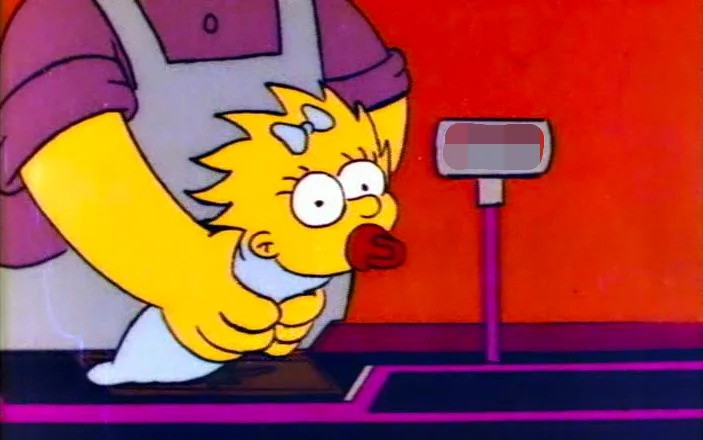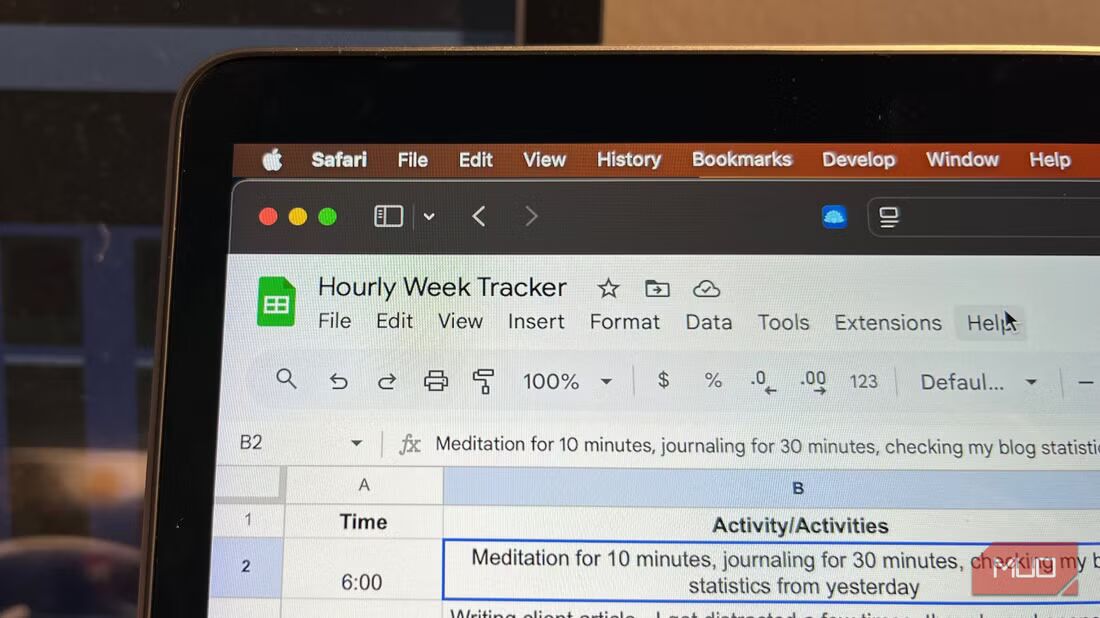Have you ever noticed that Maggie gets scanned during the opening credits of The Simpsons?
Since its debut in 1989, this iconic cartoon has become a fixture in homes worldwide, and many of us know the opening sequence by heart.
Though the sequence often includes unique nods to shows like Game of Thrones or special Halloween episodes, its core elements remain unchanged.
In the sequence, Bart writes on a chalkboard, Lisa plays the saxophone, Homer flouts safety at the nuclear plant, and Marge shops with Maggie. Eventually, the family gathers on their well-known brown sofa to kick off the episode.
While this intro is familiar, you might not have given much thought to why Maggie is scanned at the supermarket checkout.
At first, it looks like Maggie simply ends up on the conveyor belt as Marge takes a moment to read a magazine.
However, there’s an interesting easter egg behind it. In the early seasons, when Maggie is scanned, the register displays $847.63, reflecting the estimated monthly cost of raising a child in the U.S. in 1989.
In more recent seasons, as the estimated cost of raising a child has increased, the show stopped trying to keep up. A newer version of the intro shows Maggie’s scan doubling a bill from $243.26 to $486.52.
Although the cost of raising children hasn’t decreased over the decades, the message remains clear: raising kids is expensive.

The detail in the opening credits aligns well with The Simpsons’ aim to mirror average American family life, which explains why the characters haven’t aged despite the show running for an impressive 34 seasons.
The Simpsons also delves into the financial implications of family size in its sixth season.
In the episode titled ‘And Maggie Makes Three,’ Homer has to abandon his dream job at a bowling alley to return to the Springfield Nuclear Power Plant under the watchful eye of the profit-driven Mr. Burns. This change is necessitated by the financial demands of his expanding family.
This particular episode not only gives us the iconic and widely memed ‘Do it for her’ scene but also highlights the tough choices many families must make regarding the number of children they can afford.



